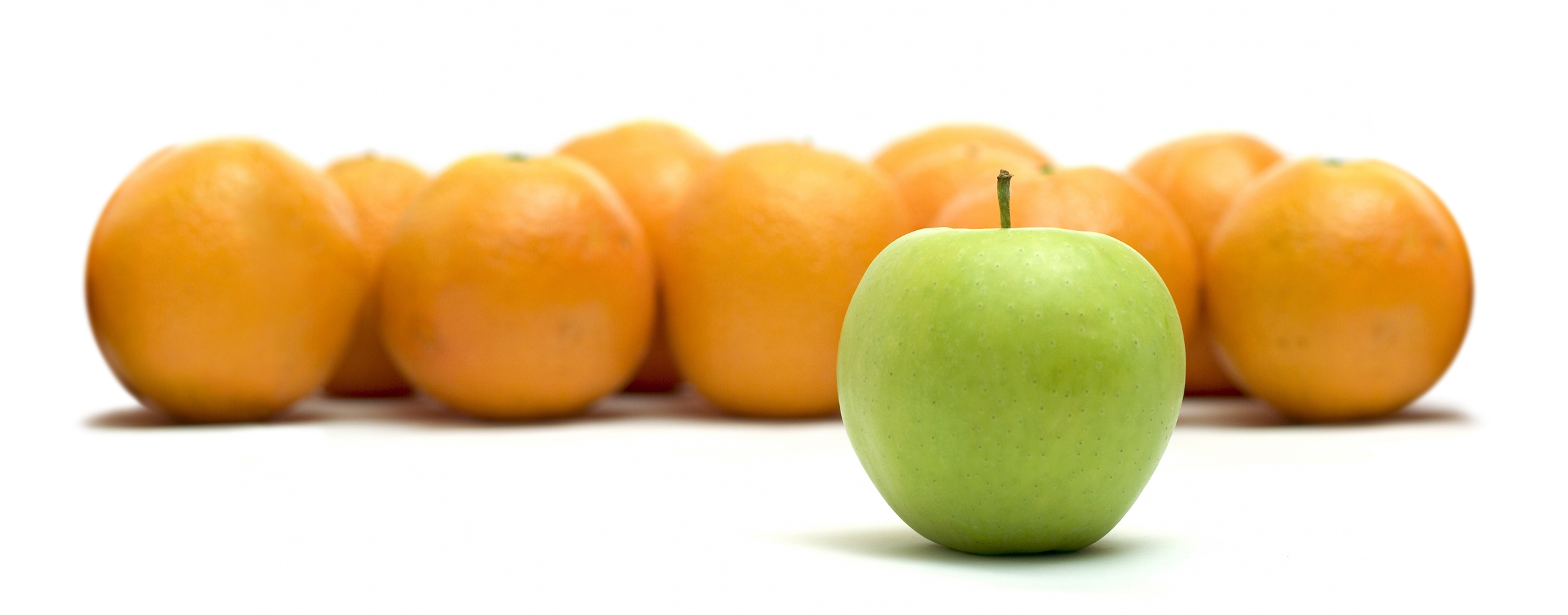Reblog: 1980 to 2014: Sensex Vs. Fixed Deposits, Gold & Silver
 While this article may seem dated, it does not in any way diminish the importance even at this point in time.The article has been written by D. Muthukrishnan (Muthu) and can be found on his blog
While this article may seem dated, it does not in any way diminish the importance even at this point in time.The article has been written by D. Muthukrishnan (Muthu) and can be found on his blog
The article has been written by D. Muthukrishnan (Muthu) and can be found on his blog here.
For last 3 years, I’ve made it a practice to give performance comparison of various asset classes- Sensex (Equity), Fixed Deposit (Debt), Gold and Silver and the impact of inflation on them beginning from the financial year 1979-80. Why 1979-80? That is the year from which Sensex came into existence with a base as 100.
Please find attached 3 files
a) 35 years return- FD & Sensex
b) 35 years return- Gold & Sensex
c) 35 years return- Silver & Sensex
- Assume you’ve invested Rs.1 lakh each in FD, gold, silver and Sensex 35 years ago. As of 31’st March 2014 the value is as follows: FD- Rs.16.94 lakhs, Gold- Rs.36.51 lakhs, Silver- Rs.28.39 lakhs and Sensex- Rs.2.23 crores
- Unlike other assets mentioned above, Sensex has a dividend yield in addition to capital growth. Assuming a dividend yield (duly reinvested) of 2% on an average, the Sensex returns work out to Rs.4.05 crores
- In terms of percentage, the 35 years return (as given above) is as follows: FD-8.41%, Gold- 10.82%, Silver- 10.03% and Sensex- 16.72% (18.72% if dividend yield is as assumed above)
- When we talk about returns, we’ve to talk about inflation too. The average annualized inflation for the above period is 7.57%.
- If Rs.1 lakh has been kept under the mattress instead of being invested, it’s value has come down to mere Rupees six thousand (i.e.) purchasing power of rupee reduced by whopping 94% over 35 year period.
- What we should look for is real returns (i.e.) returns after inflation and taxes. Since tax differs from each asset class and income category, I’ve taken only inflation. Inflation is common for all:-)
- After adjusting for inflation, the asset classes have grown by following annualized rate in real terms. FD- 0.84%, Gold-3.25%, Silver-2.46% and Sensex- 9.15% (around 11% including dividend yield). These numbers matter a lot. This is what our wealth would have grown after adjusting for inflation. Since we know the tax details for each asset class and for our income, we can work out the return after taxes too. FD would automatically turn negative. Gold and Silver would have provided a negligible return. Only equity would have provided a real rate of return of above 7%.
- In the long run, the best we can aim and get even in asset classes like equity and real estate is real return of around 4%+. Growing money is that difficult. More important is not losing the money.
- Gold’s real rate of return of 3.25% is made possible due to rupee significantly depreciating between 1980s to early last decade. Otherwise, we might have got even a negative return. I’ll explain this by example. Assume the Rupee-Dollar conversion rate is 1 USD = Rs.60. For illustration purposes, let us assume the price of 1 gram of gold is 1 USD. With the above conversion rate, the value of 1 gm of gold is Rs. 60. Imagine a scenario when rupee depreciates by 100% (i.e.) 1 USD = Rs. 120/- The gold price remains the same at 1 USD. The value of our gold would increase by 100% to Rs. 120/- though the price has not changed in the international markets and we being the net importer of gold.
- Please use FD for contingency or emergency funds. Let gold be part of social requirement and not exceed 5% to 10% of investment portfolio. Silver is again part of only social or cultural needs. Equity is for building wealth. I believe real estate also can build wealth but has no reliable long term past data.
- Please go through the workings and assumptions in the attached file. I’ve tried my best. It may not be perfect but would be a useful pointer. Request your opinion and feedback.





